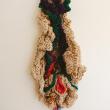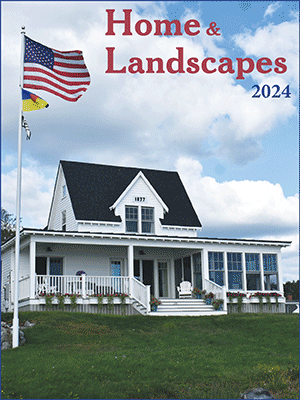Weaving social commentary into sculptural designs
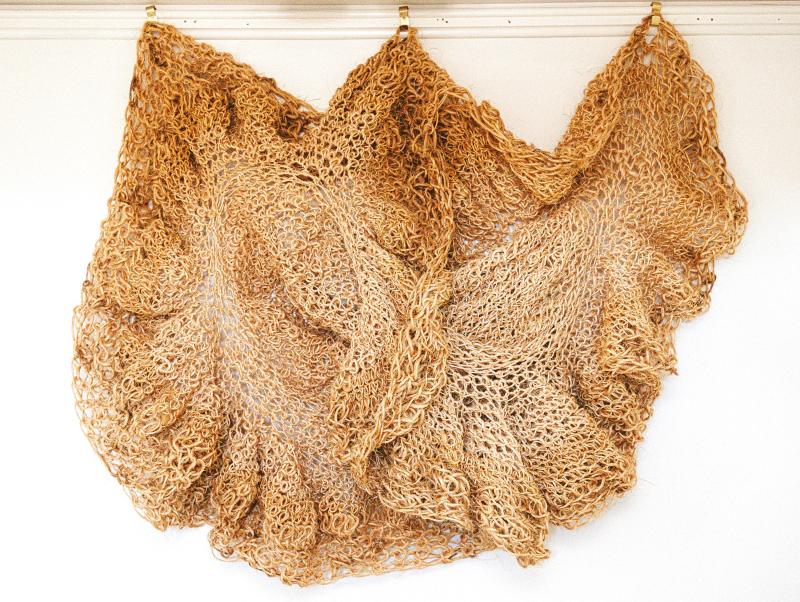 "Infinite Angel" - Sonja Weber Gilke. Courtesy of the artist
"Infinite Angel" - Sonja Weber Gilke. Courtesy of the artist
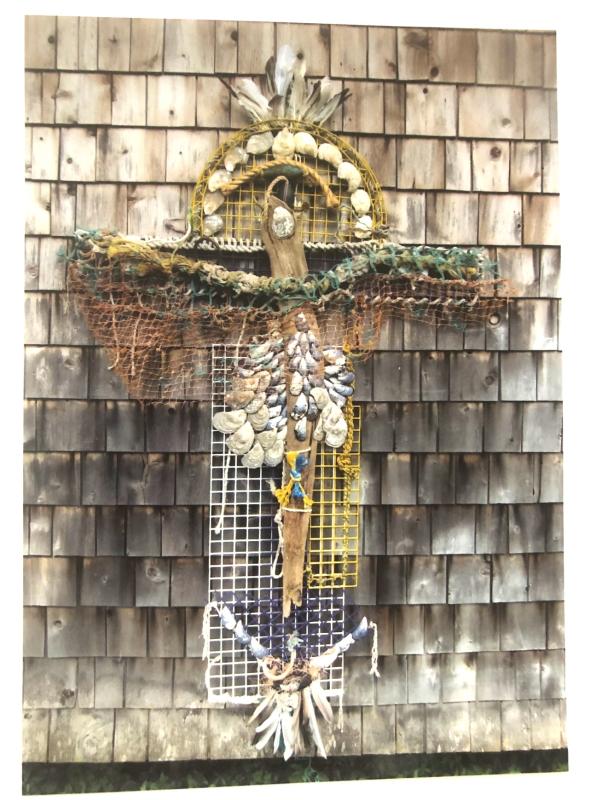 "Fisherman's Cross" - Sonja Weber Gilke. Courtesy of the artist
"Fisherman's Cross" - Sonja Weber Gilke. Courtesy of the artist
 "Preserving Eternal Light" - Sonja Weber Gilke. Courtesy of the artist
"Preserving Eternal Light" - Sonja Weber Gilke. Courtesy of the artist
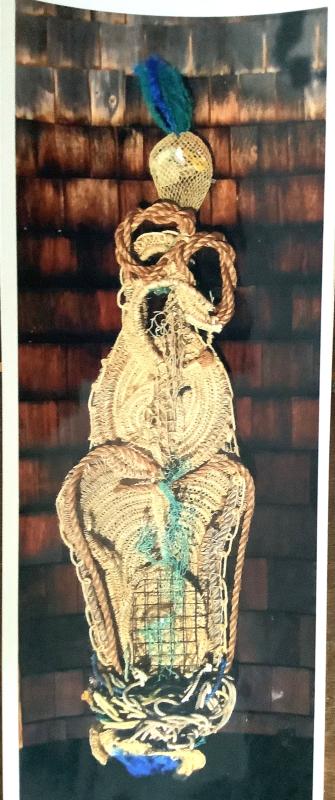 Sonja Weber Gilke. Courtesy of the artist
Sonja Weber Gilke. Courtesy of the artist
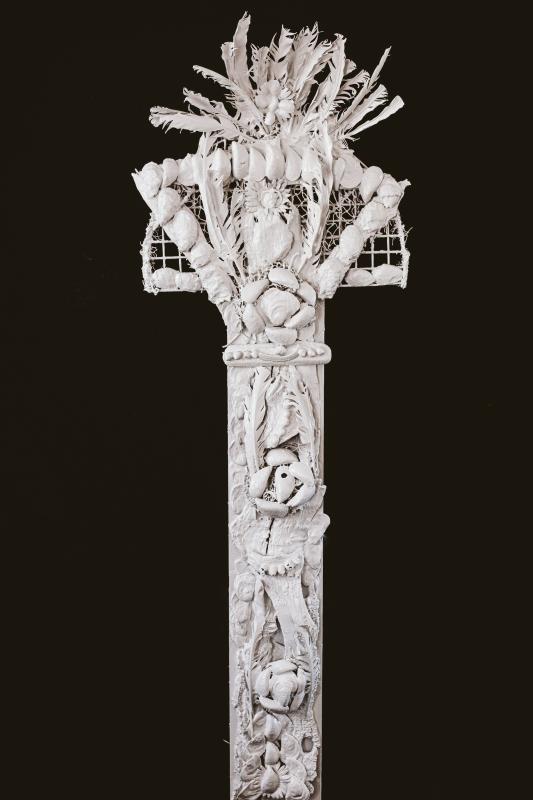 Sonja Weber Gilke - Fisherman's Cross: "Infinite Light" - 8' x 2'. Courtesy of the artist
Sonja Weber Gilke - Fisherman's Cross: "Infinite Light" - 8' x 2'. Courtesy of the artist
 Sonja Weber Gilke - "Warrior" - mixed media, wood - 7' x 2'. Courtesy of the artist
Sonja Weber Gilke - "Warrior" - mixed media, wood - 7' x 2'. Courtesy of the artist
 "Kundalini Rising II" - Sonja Weber Gilke - marine sisal, 64" x 18". Courtesy of the artist
"Kundalini Rising II" - Sonja Weber Gilke - marine sisal, 64" x 18". Courtesy of the artist
 "Aalsmeer" - Sonja Weber Gilkey - 48" x 16" x 11" of lobstering rope, lobster crate, found beach objects.
"Aalsmeer" - Sonja Weber Gilkey - 48" x 16" x 11" of lobstering rope, lobster crate, found beach objects.
 "Infinite Light: Fisherman's Cross" - Sonja Weber Gilke - found objects - 8' x 2'. Eze Amos
"Infinite Light: Fisherman's Cross" - Sonja Weber Gilke - found objects - 8' x 2'. Eze Amos
 "Magnetic Field" - Sonja Weber Gilke - Courtesy of the artist
"Magnetic Field" - Sonja Weber Gilke - Courtesy of the artist
 "Infinite Angel" - Sonja Weber Gilke. Courtesy of the artist
"Infinite Angel" - Sonja Weber Gilke. Courtesy of the artist
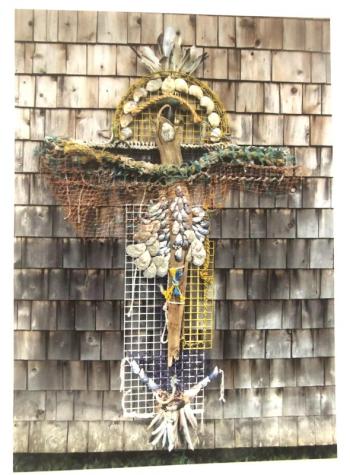 "Fisherman's Cross" - Sonja Weber Gilke. Courtesy of the artist
"Fisherman's Cross" - Sonja Weber Gilke. Courtesy of the artist
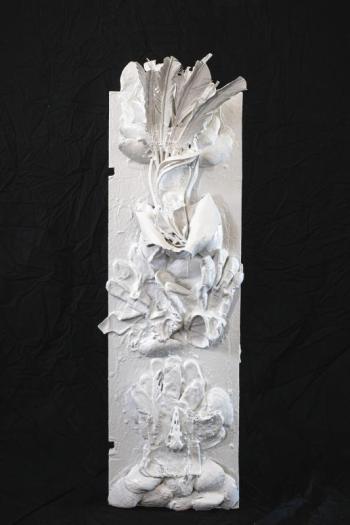 "Preserving Eternal Light" - Sonja Weber Gilke. Courtesy of the artist
"Preserving Eternal Light" - Sonja Weber Gilke. Courtesy of the artist
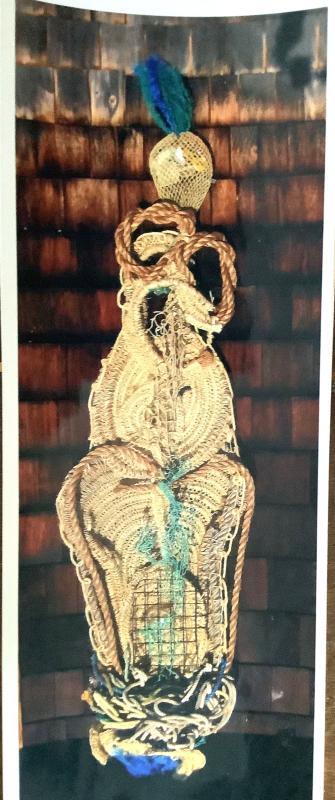 Sonja Weber Gilke. Courtesy of the artist
Sonja Weber Gilke. Courtesy of the artist
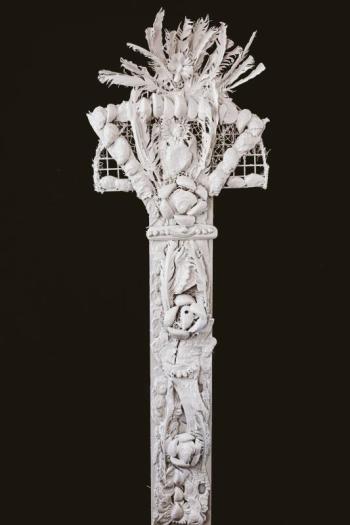 Sonja Weber Gilke - Fisherman's Cross: "Infinite Light" - 8' x 2'. Courtesy of the artist
Sonja Weber Gilke - Fisherman's Cross: "Infinite Light" - 8' x 2'. Courtesy of the artist
 Sonja Weber Gilke - "Warrior" - mixed media, wood - 7' x 2'. Courtesy of the artist
Sonja Weber Gilke - "Warrior" - mixed media, wood - 7' x 2'. Courtesy of the artist
 "Kundalini Rising II" - Sonja Weber Gilke - marine sisal, 64" x 18". Courtesy of the artist
"Kundalini Rising II" - Sonja Weber Gilke - marine sisal, 64" x 18". Courtesy of the artist
 "Aalsmeer" - Sonja Weber Gilkey - 48" x 16" x 11" of lobstering rope, lobster crate, found beach objects.
"Aalsmeer" - Sonja Weber Gilkey - 48" x 16" x 11" of lobstering rope, lobster crate, found beach objects.
 "Infinite Light: Fisherman's Cross" - Sonja Weber Gilke - found objects - 8' x 2'. Eze Amos
"Infinite Light: Fisherman's Cross" - Sonja Weber Gilke - found objects - 8' x 2'. Eze Amos
 "Magnetic Field" - Sonja Weber Gilke - Courtesy of the artist
"Magnetic Field" - Sonja Weber Gilke - Courtesy of the artist
I first met sculptress Sonja Weber Gilke here at the Register late last fall. Before she uttered a word I was welcomed by Sonya’s strong, positive energy. Talk about a positive aura! Anyway, she asked if I would be interested in writing about her art and showed me a postcard of herself on the floor with many of her sculptures composed of sea-related and recycled material.
I was intrigued. I have visited her website, www.sonjawebergilkey.com, many times over these past months and her work continues to fascinate me. I look forward to seeing her work in the retrospective at Cove Street Art in Portland April 17 through May 24. Check out that website and learn more about her 55-plus year artistic and spiritual journey.
Sonja was born and raised in Amsterdam, The Netherlands. I’m telling you this because her growing up years there have had much influence in her work and her passionate connection to nature and spirit. In a phone interview a few weeks back, Sonja spoke of dancing barefoot in the grass, flower wreaths adorning her hair, sailing at age 12, and always, always making observations about the natural world surrounding her. As she shared these memories I could see Sonja as that child absorbing earth energy through the soles of her feet; on the sailboat with sea spray enlivening her spirit as the warmth and energy of the sun kindled her imagination.
Sonja has an MFA in sculpture, an art therapy degree from the Art Institute of Chicago, and has been a Kundalini yoga teacher since 1974. She also attended the American Academy in Rome, Italy while traveling with husband, Dr. Langdon Gilke, pursuing further sculpture study and creation. Over the decades she has traveled the world with her husband (until his death in 2004), and with friends. Base camp is the family home in Charlottesville, Virginia and, when Sonja is in Maine, in West Boothbay Harbor.
Back to that incredible energy and a short bit about the Kundalini yoga she still practices. “Kundalini” means “coiled snake" in Sanskrit; and is believed to be the life force or divine energy at the base of our spines. Various yoga poses, breathing techniques, chanting and singing release this energy that travels up the spine to the top of our heads connecting us to divine energy; and the perfect time to spend in meditation. Or not. Sonja says this 50-plus year yoga practice passes into her art. The energy, she says, is also external ... something I can certainly attest to!
“As we age we become more open to the energies around us. We are no longer raising children, working while attending college or taking courses … all of the things (usually) done when we’re young,” Sonja said. “When everything is less frenetic you can really pay more attention to yourself and what's going on with you and in you and the different perceptions you have; how energies waft over and through you. And, sometimes you can look at a piece, and that kind of energy leaps out of the frame. Art is something everybody can experience."
Sonja is committed to using materials most people would consider dump worthy to create art as a visual statement about the pollution we make and how that pollution harms the sea and the land. The memory of the “outsider art” she and fellow art students were introduced to on an impromptu road trip with their professor in Kentucky stayed with her. Outsider art is composed of items in artists’ backyard, for example, that most of us would consider to be junk or recyclable materials.
For Sonja, finding items left or lost in the sea that wash up to the shore: rope, wire netting, old fishing nets, pieces lobster traps, and driftwood among them, reminded her of that outsider art all those years ago. She also finds elements of nature to incorporate into her pieces – reminders of what life can be found in the sea or finds sustenance from it: feathers, shells, fish bones, etc. Sonja has also been gifted with materials from time to time, individuals doing so have included Kelo Pinkham and Nat Wilson.
“I thought, God, I need lobster crate material, and I need that green fishnetting. So I went to Barters Island to see (a) fisherman I heard about. His name was Kelo Pinkham. I went to his house and when he came outside I apologized for disturbing him and asked if I could buy some of the green fishing net outside in his yard. He said I could have all of it. Kelo said all but 17 of his friends had died and he wasn’t fishing anymore. I only went the one time. When I left I began thinking about the dangers fishermen face and decided I would make crosses dedicated to them.”
Some crosses are wire backed, others are driftwood, all were adorned with some arrangement of fish bones, feathers, shells, netting, stones and such, each with something different from the others. Sonja has only the photographs of those crosses left and I have included a few with this column.
White rope from sailmaker Nat Wilson of East Boothbay was used in her white and world pieces. Rope is a familiar material going back to those childhood sailing days to sailing here in Maine. It's also representative of Kundalini energy when you think about that coiled snake at the base of our spines.
Sonja's intricate weaving techniques are truly mesmerizing, particularly when you enlarge photographs - or see them in person - be sure to get to her Portland retrospective to do so - I know I'm looking forward to it! As you follow the pattern of each section, you feel the rhythm within it; like the undulating rhythms of the sea you are swept away by the experience. As your eyes and mind follow the various rhythms you experience as the fibrous materials travel through sections of rock, shells, and bones; the changing weave patterns move you to the top of the sculpture. For some reason I begin my journeys through her sculptures from bottom to top.
Sonja's "Muses" are colorful, some with long green net locks (perhaps some of that netting from Kelo) and some have detailed body parts tucked into the sculpture. "Infinite Angel" is gorgeous and has a soothing quality about it; I want to let it envelop me, to be safely wrapped in angel wings. A favorite sisal rope sculpture of mine is "Magnetic Field," the variety and depth in the weaving in sisal rope I find to be truly magnetic. You'll have to view it.
Through her work Sonja demonstrates how profoundly we are connected to the oceans, and all of nature, really. Her weaving has been likened to our own DNA, the energy moving similarly.
"I can't stop. I still can't stop. I'm always working, and it just comes out of me," she said. "I allow every piece of material to guide me. I'm not guiding it. Let it happen. And so these pieces are a surprise to me too. You know, I look at it, I think, 'Whoa, what did I make?'"
I could go on and on (and many of you, if you're still with me, are thinking "too late!") so I encourage you to continue your exploration of Sonja's sculpture starting with her website and by attending her Retrospective show at Cove Street Arts is at 71 Cove St. in Portland. The work I've noted will be there ...will you?


















